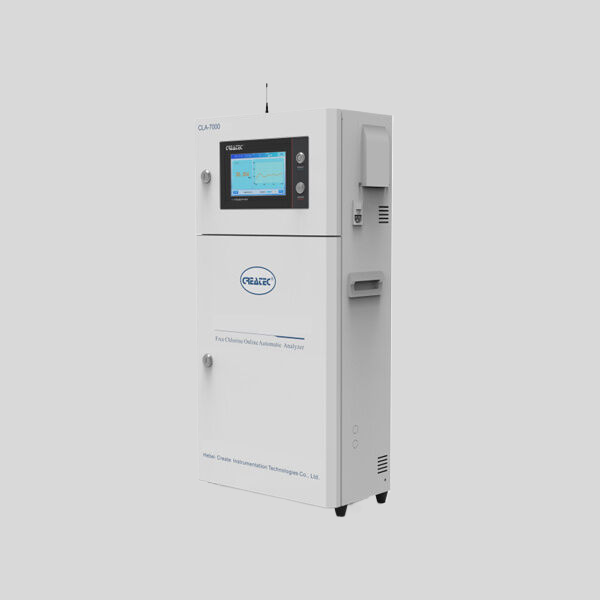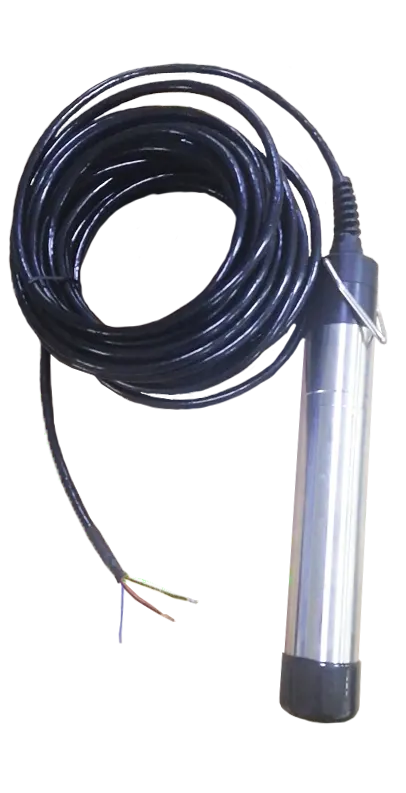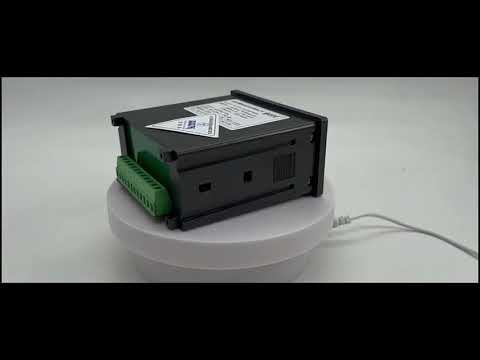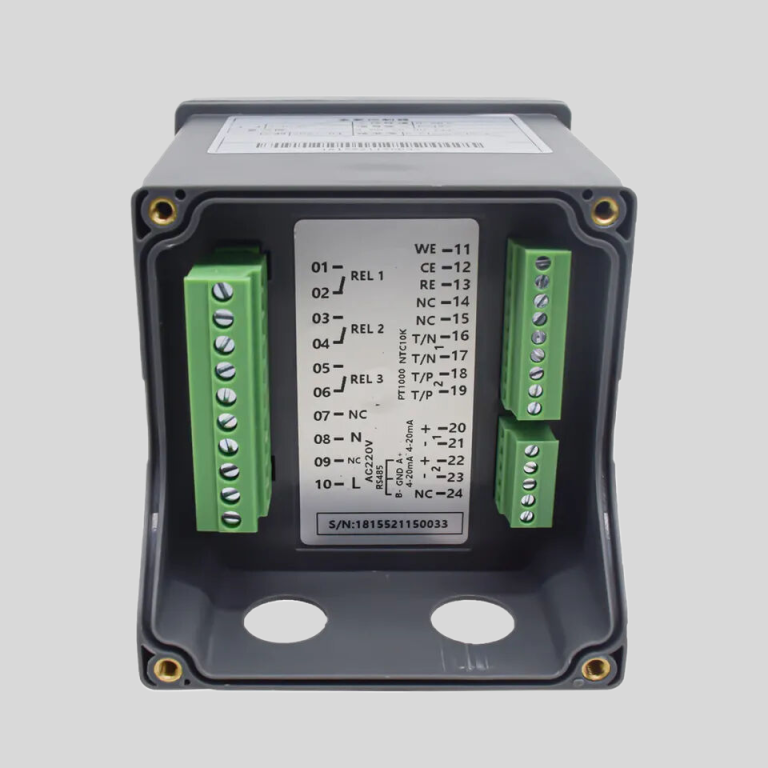Table of Contents
Using a Multimeter to Measure Conductivity
Conductivity is a crucial property of materials that determines their ability to conduct electricity. It is an essential parameter in various fields, including electronics, materials science, and chemistry. Measuring conductivity accurately is essential for understanding the behavior of materials and ensuring the proper functioning of electronic devices. One common method used to measure conductivity is by using a multimeter.
A multimeter is a versatile instrument that can measure various electrical properties, including voltage, current, and resistance. To measure conductivity using a multimeter, you will need to set the multimeter to the resistance mode. This mode allows the multimeter to measure the resistance of the material, which is directly related to its conductivity.
Before measuring conductivity, it is essential to ensure that the material is clean and free from any contaminants that could affect the measurement. Contaminants can alter the conductivity of the material and lead to inaccurate results. Once the material is clean, you can proceed with the measurement.
To measure conductivity using a multimeter, first, connect the probes of the multimeter to the material you want to measure. Make sure that the probes are in good contact with the material to ensure accurate measurements. Next, set the multimeter to the resistance mode and select an appropriate range for the measurement. It is essential to choose a range that is suitable for the conductivity of the material to obtain accurate results.
Once the multimeter is set up, you can measure the resistance of the material. The multimeter will display the resistance value, which is inversely proportional to the conductivity of the material. A lower resistance value indicates higher conductivity, while a higher resistance value indicates lower conductivity.
It is essential to note that the conductivity of a material can vary with temperature. Therefore, it is crucial to take temperature into account when measuring conductivity. Some multimeters come with temperature compensation features that can adjust the measurement based on the temperature of the material. If your multimeter does not have this feature, you may need to manually compensate for temperature effects on conductivity.
| Model | EC-510 Intelligent conductivity meter |
| Range | 0-200/2000/4000/10000uS/cm |
| 0-18.25M\\u03a9 | |
| Accuracy | 1.5%(FS) |
| Temp. Comp. | Automatic temperature compensation |
| Oper. Temp. | Normal 0\\uff5e50\\u2103; High temp 0\\uff5e120\\u2103 |
| Sensor | C=0.01/0.02/0.1/1.0/10.0cm-1 |
| Display | LCD Screen |
| Communication | 4-20mA output/2-10V/1-5V/RS485 |
| Output | High/Low limit dual relay control |
| Power | AC 220V\\u00b110% 50/60Hz or AC 110V\\u00b110% 50/60Hz or DC24V/0.5A |
| Working Environment | Ambient temperature:0\\uff5e50\\u2103 |
| Relative humidity\\u226485% | |
| Dimensions | 48\\u00d796\\u00d7100mm(H\\u00d7W\\u00d7L) |
| Hole Size | 45\\u00d792mm(H\\u00d7W) |
| Installation Mode | Embedded |
In conclusion, measuring conductivity using a multimeter is a simple and effective method to determine the electrical properties of materials. By following the steps outlined above and ensuring proper calibration and setup of the multimeter, you can obtain accurate and reliable measurements of conductivity. Conductivity measurements are essential for various applications, including quality control, research, and development, and troubleshooting electronic devices. With the right tools and techniques, you can measure conductivity with confidence and precision.
Conductivity Measurement Techniques for Different Materials
Conductivity is a crucial property of materials that determines their ability to conduct electricity. It is essential to measure conductivity accurately to understand the behavior of different materials in various applications. There are several techniques available for measuring conductivity, each suitable for different types of materials.
One common method for measuring conductivity is the four-point probe technique. This technique is commonly used for measuring the conductivity of thin films and semiconductor materials. The four-point probe consists of four evenly spaced probes that are placed on the surface of the material. A current is passed through the outer probes, while the inner probes measure the voltage drop across the material. By measuring the resistance of the material, the conductivity can be calculated using Ohm’s law.

Another widely used technique for measuring conductivity is the two-point probe method. This method is suitable for measuring the conductivity of bulk materials such as metals and alloys. In the two-point probe technique, two probes are placed on the surface of the material, and a current is passed through the probes. The voltage drop across the material is measured, and the conductivity is calculated using Ohm’s law.
For materials with high conductivity, such as metals, the eddy current method is often used. In this technique, an alternating current is passed through a coil, creating a magnetic field. The magnetic field induces eddy currents in the material, which generate their own magnetic field. By measuring the impedance of the coil, the conductivity of the material can be determined.
In some cases, it may be necessary to measure the conductivity of materials at high temperatures. In such situations, the laser flash technique can be used. This method involves heating a small spot on the material’s surface with a laser pulse and measuring the temperature rise using a thermal camera. By analyzing the thermal diffusivity of the material, the conductivity can be calculated.
For materials with low conductivity, such as insulators, the dielectric constant method is often employed. This technique measures the capacitance of the material when subjected to an electric field. By analyzing the dielectric constant of the material, the conductivity can be determined.
In addition to these techniques, there are several other methods available for measuring conductivity, each suitable for different types of materials and applications. It is essential to choose the appropriate technique based on the material being tested and the desired level of accuracy.






